
Supercharge your lead generation with a FREE Google Ads audit - no strings attached! See how you can generate more and higher quality leads
Get My Free Google Ads AuditFree consultation

No commitment
Supercharge your lead generation with a FREE Google Ads audit - no strings attached! See how you can generate more and higher quality leads
Get My Free Google Ads AuditFree consultation

No commitment
Navigating the competitive landscape of petting zoo marketing requires a strategic convergence of both online and offline channels. In such a vibrant industry, missing high-value prospects due to ineffective tracking can lead to lost opportunities. Advanced tools now allow petting zoos to pinpoint these prospects in real-time, enriching customer profiles and enhancing visitor targeting. Within this ecosystem, Google Ads serves as a pivotal tool to attract high-intent visitors precisely when they're seeking hands-on, family-friendly experiences. By leveraging Google Ads, petting zoos can seamlessly align their marketing efforts, effectively bridging the gap between digital presence and in-person visits. Imagine intercepting a family planning their weekend adventure during their search for 'petting zoos near me'—this is where the power of Google Ads comes to life.
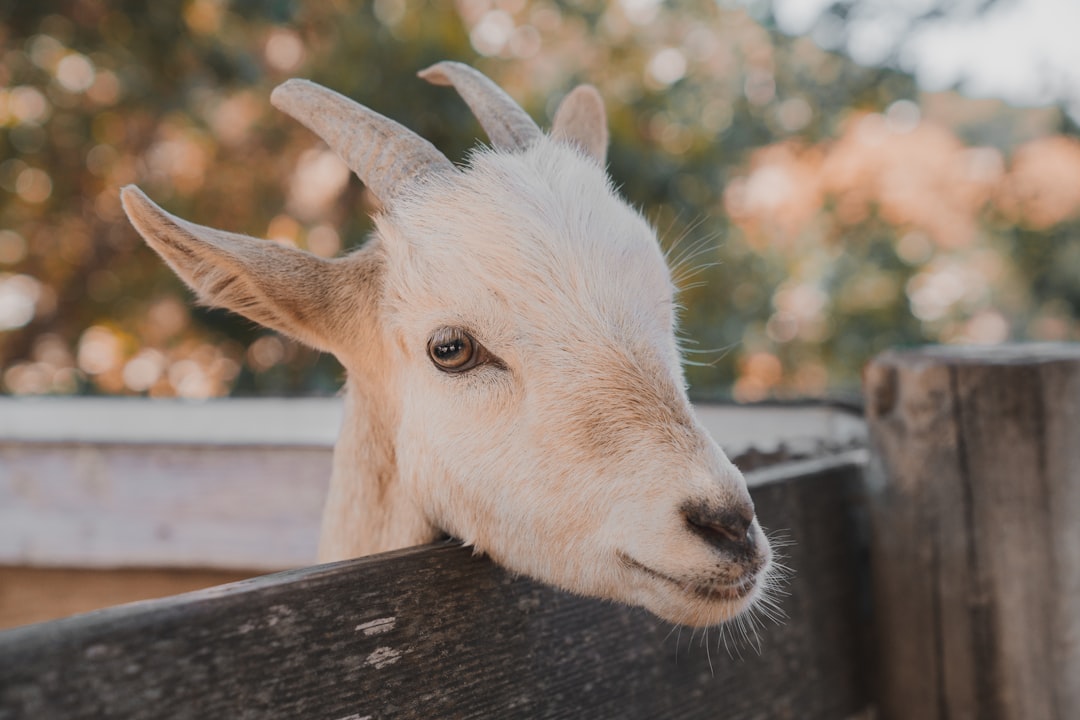
Petting zoo operators need efficient digital marketing strategies that bring measurable results and drive consistent attendance. Modern pay-per-click (PPC) solutions like Google Ads offer precision targeting, real-time performance feedback, and the flexibility to optimize campaigns for both local families and organizational event planners.
Leveraging Google Ads for petting zoos enables marketers to capture demand from high-intent audiences searching for family activities, educational outings, and unique event experiences. By combining granular audience segmentation with targeted creative and seamless landing page experiences, petting zoos can maximize every advertising dollar and turn clicks into confirmed bookings. For a detailed look at how pet breeders and similar businesses use Google Ads to reach potential customers and expand their business, review this step-by-step guide for pet breeders.
Success in online advertising for zoos begins with an understanding of the unique audience and seasonal dynamics in this sector. The majority of visitors are families, schools, and local organizations seeking interactive animal experiences, often for weekends, holidays, or group events. Educational resources on business management can help operators understand the importance of digital-first outreach, as more than 70% of potential guests research and plan activities online before visiting in person.
The competitive landscape for petting zoo marketing is shaped by a mix of hyperlocal intent and the need for differentiation. PPC for petting zoos gives marketers the tools to identify and prioritize high-converting segments, adapting ad spend to target parents, teachers, and event coordinators during relevant periods. Real-time audience insights ensure that promotions and offers align with local school calendars, weather patterns, and peak visitation windows.
Integrating Google Ads with unified data platforms allows marketers to move beyond anonymous web traffic and pinpoint individual visitors and organizations showing the strongest intent. With access to enriched visitor profiles and historical engagement data, petting zoos can prioritize outreach to those most likely to book, ensuring budget efficiency and improved campaign ROI.
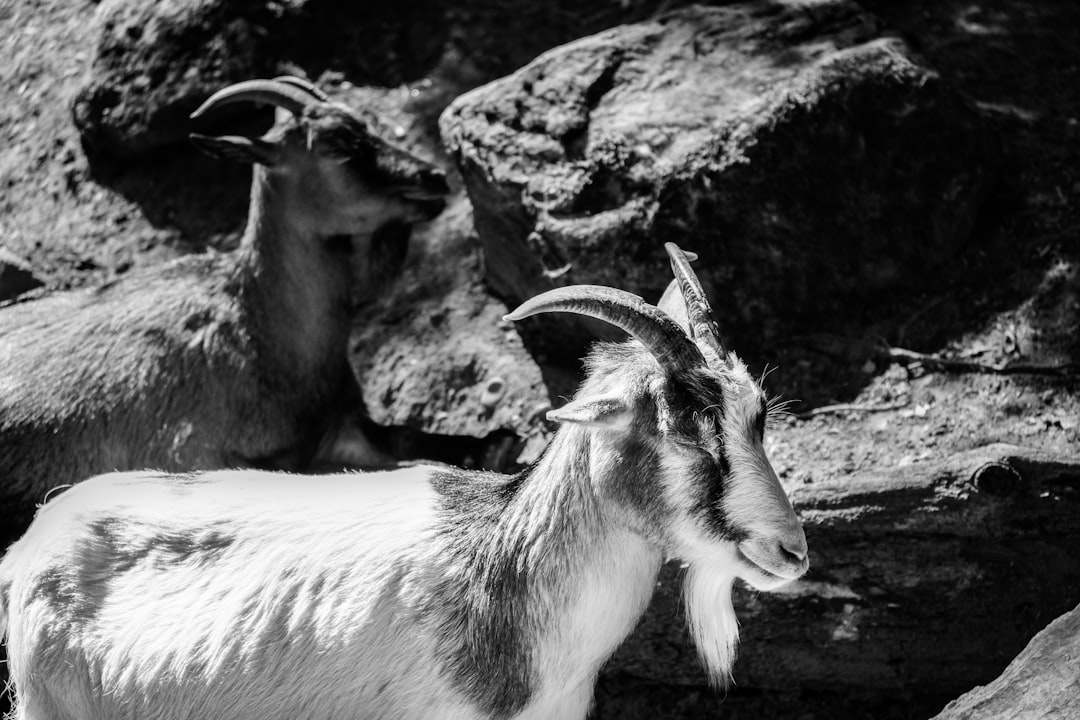
By aligning campaign types to specific marketing goals, petting zoos can efficiently allocate budget and deliver tailored messaging throughout the customer journey.
Effective petting zoo audience targeting starts with deep research into what local families, teachers, and planners are searching for. Focus on high-intent, location-based phrases such as "petting zoo party rental [city]," "animal encounters for kids," and "field trip petting zoo." Use negative keywords to filter out irrelevant searches like "free events" or "zoo jobs," ensuring each click is a qualified prospect. Explore pet products keywords to find additional targeting opportunities for ads.
Platform integrations that surface in-market behavior and company-level data allow marketers to constantly refresh and expand keyword lists according to real visitor demand. This dynamic approach ensures your ads appear for the most relevant, conversion-ready queries as trends shift.
Segment audiences by demographic, location, interest, and behavioral intent. For petting zoos, prioritize parents with young children, teachers, and local event organizers. Geo-targeting at the city or zip code level ensures budget is focused on realistic, high-value prospects. Learn more about building dynamic audiences for hyper-personalized ad targeting.
With advanced marketing solutions, audiences update in real time as leads engage with content, request info, or revisit the website. Marketers can build lookalike audiences from high-intent visitors, matching new prospects to the profiles most likely to convert. Unified CRM and ad platform syncing ensures no hot lead is missed, and every audience segment receives the right messaging at the right stage.
Compelling ad copy for Google Ads petting zoo campaigns should highlight exclusive experiences, safety protocols, and clear calls-to-action. Headlines might focus on "Book a Birthday Party with Baby Goats" or "Interactive Animal Encounters for Kids & Schools." Use ad extensions to showcase packages, reviews, and quick links to directions or booking forms. For practical examples of effective ad copy and campaign structure, watch this video guide on Google Ads for petting zoo businesses.
By analyzing which copy, offers, and creative elements drive engagement, marketers can quickly iterate and deploy top-performing ads across all campaigns. Real-time feedback loops ensure messaging stays relevant, seasonal, and aligned with the needs of each audience segment.
A seamless transition from ad to landing page is crucial for maximizing conversions. Dedicated booking pages should mirror the ad’s promise, offer detailed event information, and make it simple for users to reserve their spot or request a quote. Incorporate testimonials, FAQ sections, and vivid images to build trust. For examples of high-converting petting zoo websites, see website design services for petting zoos.
Advanced attribution tools bridge the online-to-offline gap, measuring outcomes like confirmed visits or phone bookings and connecting them directly to specific ads and audience segments. Marketers can confidently report true ROI and adjust campaigns to focus on sources delivering the highest value.
Implement robust conversion tracking to capture all forms of interest—form submissions, phone calls, ticket purchases, and even walk-in visits. Integrate with CRM and booking systems for a single source of truth, allowing full-funnel attribution and ongoing audience enrichment. Gain further insights from this case study on using Google Ads to drive results for animal care businesses.
Retarget prospects who engaged but did not convert with tailored offers or event reminders. Dynamic audience updates ensure retargeting ads automatically reach those most likely to take the next step, reducing wasted spend and boosting overall campaign efficiency.
By embedding unified data, real-time insights, and automated workflows into each stage of Google Ads campaign execution, petting zoos can consistently generate high-quality leads, fill event calendars, and deliver memorable experiences for every guest. If you're ready to streamline your digital marketing and drive more qualified bookings, get started for free with Sona.
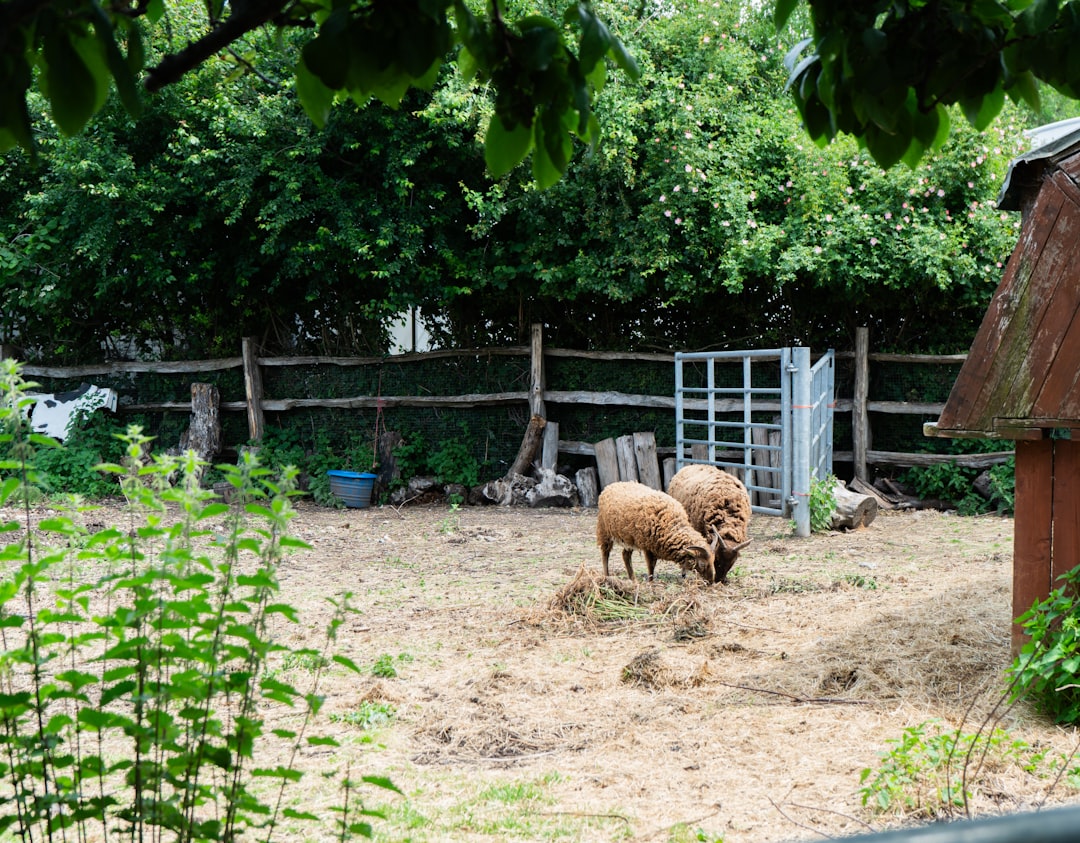
Google Ads for petting zoos provides a direct connection between family-focused audiences and immersive animal experiences. These campaigns leverage real-time search intent, ensuring petting zoos appear when parents, schools, or local groups look for engaging weekend plans or educational field trips. For more marketing insights, visit the Sona blog.
By addressing the challenge of fragmented digital signals, advertising petting zoos with Google Ads transforms curiosity into high-value visits. Operators can deploy tailored ads for unique offerings such as interactive exhibits, group rates, or seasonal promotions, ensuring their attraction stands out in a crowded leisure market. Discover how identifying website visitors can further improve targeting and campaign results.
Synchronized operational insights allow petting zoos to time their messaging with seasonal patterns, maximizing attendance during peak periods and maintaining engagement in slower months. Dynamic ad strategies ensure that as visitors move from online research to actual bookings, messaging adapts to nurture intent and increase conversion rates. Using real-time audience segments helps refine these strategies for better performance.
Integrating advanced data tools, petting zoos can now identify not just anonymous site visitors, but also the companies and organizations most likely to book an event or group outing. This level of insight empowers revenue teams to prioritize campaigns, refine budget allocation, and personalize outreach for each segment, increasing the efficiency and ROI of every advertising dollar. For actionable playbooks, explore Sona’s resources.
With unified audience and conversion data synced directly into Google Ads and CRM platforms, petting zoos gain a holistic view of their marketing funnel. This enables seamless retargeting, accurate attribution for both online and offline bookings, and ongoing optimization of petting zoo promotions based on true revenue impact rather than surface-level metrics. If you’re ready to maximize your marketing impact, get started for free with Sona.
Ready to optimize your Google Ads campaigns and drive more bookings? Get started for free with Sona.
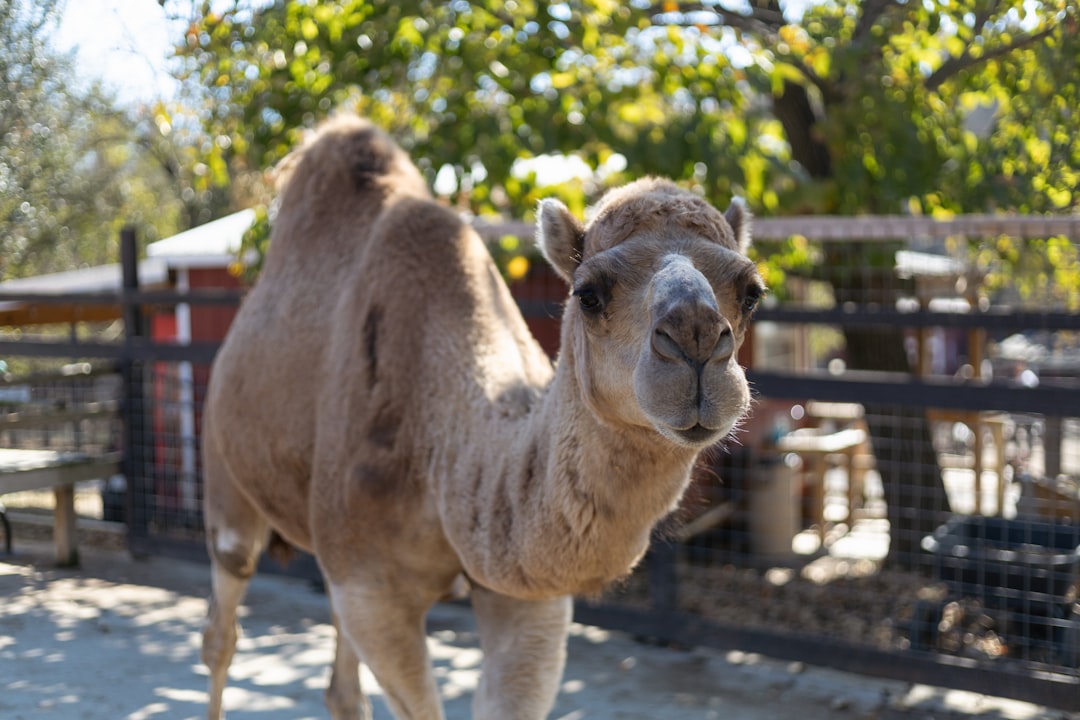
Identifying growth opportunities in the petting zoo market begins with a sharp focus on specialty services and the audiences who value them most. Petting zoos can boost bookings and awareness by targeting digital touchpoints that align with family interests and seasonal demand. For step-by-step tactics, see this guide to marketing petting zoos effectively.
Looking to streamline your petting zoo’s marketing and analytics? Get started for free with Sona.
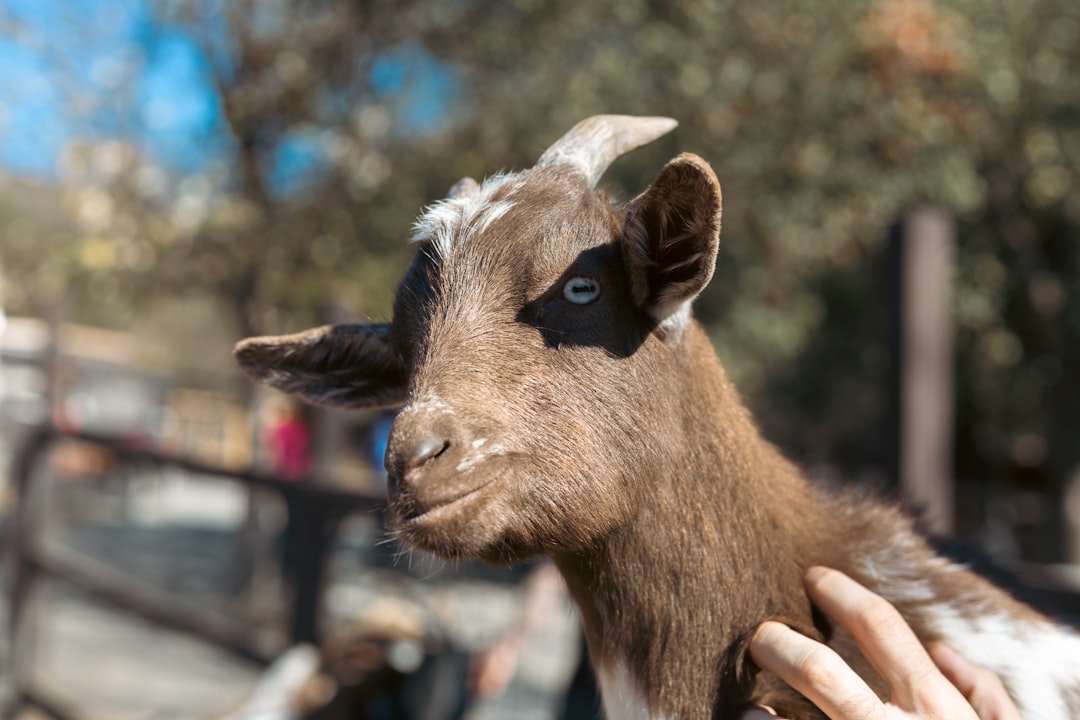
Effective audience segmentation is essential for petting zoos seeking to maximize the impact of their Google Ads campaigns. By focusing resources on the most relevant groups, operators can minimize budget waste and increase both engagement and bookings. To dive deeper into strategic segmentation and other marketing techniques, explore Sona’s marketing blog.
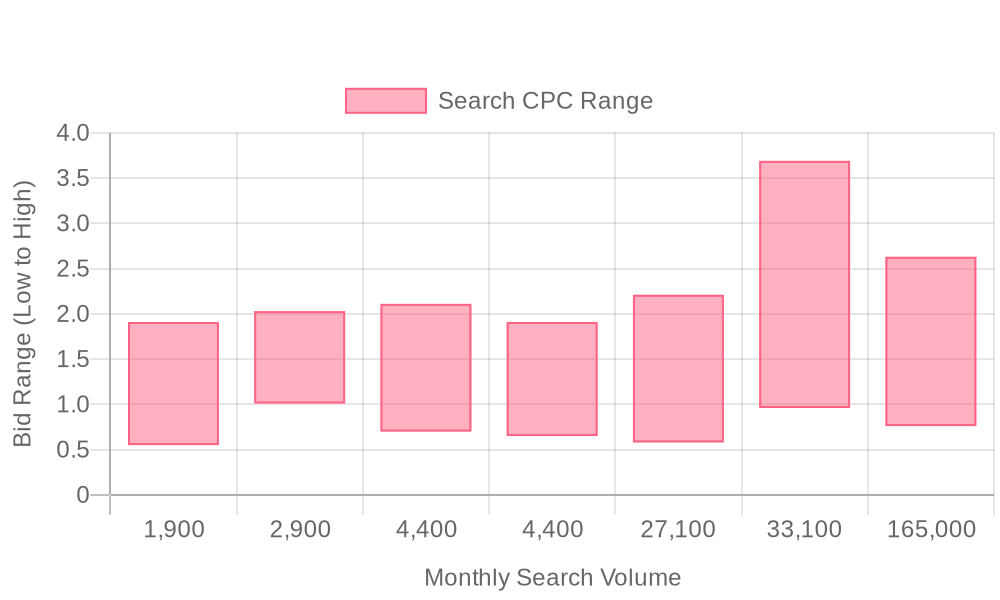
| Industry | Keyword | Monthly Search Volume | Competition Level | Low Bid | High Bid |
| Petting Zoos | petting zoo for parties | 1900 | LOW | 0.55 | 1.91 |
| Petting Zoos | petting zoos | 2900 | LOW | 1.01 | 2.03 |
| Petting Zoos | mobile petting zoo | 4400 | LOW | 0.7 | 2.11 |
| Petting Zoos | mobile petting zoo near me | 4400 | LOW | 0.65 | 1.91 |
| Petting Zoos | petting farm near me | 27100 | LOW | 0.58 | 2.21 |
| Petting Zoos | animal farms near me | 33100 | LOW | 0.96 | 3.69 |
| Petting Zoos | petting zoo near me | 165000 | LOW | 0.76 | 2.63 |
A high-performance keyword strategy for petting zoos must prioritize intent, hyper-local relevance, and conversion potential. Combining search data with precise audience signals enables marketers to reach families, educators, and event planners as they research or plan visits, ensuring ad budgets serve audiences most likely to engage and purchase.
Integrating CRM and ad platforms with advanced solutions allows marketers to build keyword lists that reflect actual customer journeys. When searchers from high-value accounts visit your site and trigger high-intent keywords, marketing teams can automatically sync those visitors into dynamic audiences for Google Ads retargeting. As leads move through the funnel or show increased engagement, audiences update instantly, ensuring messaging remains relevant and budgets are always optimized for the highest-propensity buyers.
This approach not only keeps campaigns efficient but also connects ad spend directly to pipeline and revenue impact, especially when advanced attribution ties both online and offline conversions back to specific keyword themes and audience segments. By refining and updating your keyword lists based on CRM insights and predictive trend analysis, petting zoos can keep their digital marketing sharply aligned with both short-term demand and long-term growth opportunities. To see how this fits your organization, get started for free with Sona.
A data-driven Google Ads strategy for petting zoos can unlock new levels of audience engagement and booking volume. By systematically executing each phase, marketers ensure every ad dollar is aligned with specific visitor behaviors and local demand. For more actionable insights, explore our marketing playbooks, or get started for free with Sona to streamline your campaign execution.
Comprehensive keyword research forms the foundation for profitable Google Ads for Petting Zoos. Begin by listing a diverse range of search terms, such as “petting zoo near me,” “birthday party petting zoo,” and “mobile animal farm,” then add modifiers like city names, age groups, or event types. Prioritize high-intent queries with strong local signals, but also identify niche interests such as “interactive animal experiences for schools” or “private petting zoo for hire.” For additional keyword strategies, review this list of pet products advertising keywords.
Sophisticated data platforms help marketers go beyond surface-level volume by exposing disconnected or hidden intent, ensuring valuable long-tail searches are not overlooked. With enriched visitor identification, it’s possible to map keywords back to specific companies or family segments, which drives more granular targeting and budget allocation for each campaign.
To capture attention in a competitive local market, ad copy must highlight the unique charm and emotional value of live animal encounters. Start with headlines that promise memorable family experiences, such as “Book a Magical Petting Zoo Day” or “Host Your Child’s Wildest Birthday Party.” Incorporate limited-time offers or exclusive packages to drive urgency and increase conversion rates. You can find best practices for animal-focused ad copy in this Google Ads for pet breeders guide.
Craft descriptions that resonate with parents and organizers seeking trusted, wholesome entertainment. Personalize messaging based on real-time browsing behavior—such as retargeting visitors who explored party packages with reminders about upcoming availability. By syncing real-time audience data into ad platforms, marketers can dynamically adjust messaging to match each lead’s stage and interests.
A seamless transition from ad to landing page is crucial for high conversion rates in petting zoo marketing. Each landing page should immediately reinforce the ad’s promise with engaging photos of animals and happy guests, clear descriptions of offerings, and a prominent call-to-action—such as “Reserve Your Visit” or “Check Available Dates.” For inspiration on optimizing your site, consider these website design services for petting zoos.
Personalized experiences, like pre-filled forms for returning visitors or contextual offers based on event type, help reduce friction and increase bookings. Advanced data unification enables marketers to segment landing page experiences by visitor source or profile, ensuring every potential customer sees the most relevant content and conversion path.
Continuous optimization is vital for sustained growth in PPC for petting zoos. Real-time insight into visitor behavior, keyword performance, and conversion paths allows for immediate refinements in ad copy, bids, and audience segments. Marketers should closely monitor which campaigns drive the most qualified leads and shift budget toward high-converting search terms or demographics. For an example of data-driven campaign improvements, see this case study on pet supply digital marketing success.
Auto-updating CRM audiences ensure remarketing lists are always current, capturing recent site visitors or disengaged leads for re-engagement. Integrated online and offline conversion tracking provides a complete view of ROI, from digital ad click to physical event attendance or phone booking. This closed-loop measurement empowers petting zoo teams to scale what works and swiftly adapt to shifting demand, ensuring every campaign dollar is invested in the highest-value opportunities.
Petting zoos thrive on meaningful connections with their communities and consistent visitor engagement. Precision in digital outreach and timely follow-ups ensures that every interest is nurtured, accelerating both attendance and reputation growth.
Overcoming the challenge of delayed follow-ups is critical for maintaining momentum with potential guests and partners. Partnering with local tourism boards for co-branded initiatives can amplify your reach, making your zoo a must-see destination within regional campaigns. These collaborations help secure a spot in visitor guides and local event listings, putting your zoo in front of travelers and community members at the decision-making stage. For inspiration on amplifying visibility, this marketing plan for private zoo businesses details effective partnership strategies.
Localizing your advertising efforts takes community integration a step further. Geo-targeted Google Ads for petting zoos, paired with tailored messaging that reflects local events or school calendars, drive higher engagement and relevance. By customizing experiences and offers—such as exclusive family packages during school holidays or community appreciation days—your zoo becomes a preferred choice for both residents and nearby visitors. Explore more ways to optimize campaigns with actionable ideas from our marketing playbooks.
Highlighting educational programs or limited-time events in your ad campaigns captures the interest of new segments beyond families with young children. Showcasing unique animal encounters, STEM-aligned workshops, or themed weekends positions your petting zoo as an educational resource and entertainment venue.
Customer feedback is a valuable tool for refining Google Ads copy and campaign direction. By capturing insights while visitor impressions are fresh, you can identify exactly what resonates with your audience and adapt messaging in real time. Leveraging intent signals and dynamic audience updates ensures that your digital campaigns remain relevant, responsive, and primed to convert interest into on-site visits or bookings.
Strategic execution of advertising petting zoos through Google Ads relies on robust keyword targeting, actionable segmentation, and compelling creative. When digital marketing efforts are tightly aligned with personalized, data-driven insights, petting zoos can consistently attract diverse audiences, increase foot traffic, and drive lasting satisfaction. To see these strategies in action, get started for free with Sona and discover how seamless targeting and real-time data can fuel your expansion.
Effectively promoting your petting zoo through Google Ads requires a strategic approach tailored to meet the unique demands of your target audience. By leveraging the insights and strategies discussed, you can enhance visibility, attract more visitors, and ultimately maximize your advertising budget. The right combination of targeted keywords, engaging ad content, and precise audience targeting can transform your advertising efforts into a powerful tool for growth.
We explored the key challenges petting zoos face when using Google Ads, including selecting the right keywords, crafting compelling ads, and optimizing for the best return on investment. With practical solutions like geo-targeting, seasonal promotions, and leveraging ad extensions, you can create a focused campaign that resonates with potential visitors while ensuring your budget is spent efficiently.
Imagine the possibilities when your petting zoo stands out in search results, drawing in families eager for memorable experiences. By implementing these strategies, you can create a sustainable flow of visitors, elevate your brand presence, and ensure your advertising efforts are impactful. It's about transforming challenges into opportunities and setting the stage for continued success.
To truly capitalize on these insights, consider taking the next step. Start for free to experience our platform's capabilities and drive actionable insights for your Google Ads strategy today.
Best practices include using precision targeting with high-intent keywords, segmenting audiences by demographics and behavior, crafting compelling ad copy, and integrating seamless landing pages to maximize conversions.
Create effective Google Ads by focusing on high-intent, location-based keywords, segmenting audiences, using dynamic and compelling ad copy, and ensuring a seamless transition from ad to landing page.
Allocate budget based on targeting high-converting segments, such as families and event planners, and adjust spend according to seasonal demand and campaign performance metrics.
Use location-specific keywords like 'petting zoo near me' and high-intent phrases such as 'book petting zoo birthday party' to attract relevant traffic.
Measure success through conversion tracking of bookings and visits, monitoring real-time audience insights, and using attribution tools to connect online clicks to offline visits.
Join results-focused teams combining Sona Platform automation with advanced Google Ads strategies to scale lead generation

Connect your existing CRM

Free Account Enrichment

No setup fees
No commitment required

Free consultation

Get a custom Google Ads roadmap for your business
Join results-focused teams using Sona Platform automation to activate unified sales and marketing data, maximize ROI on marketing investments, and drive measurable growth

Connect your existing CRM

Free Account Enrichment

No setup fees
No commitment required

Free consultation

Get a custom Google Ads roadmap for your business
Over 500+ auto detailing businesses trust our platform to grow their revenue
Join results-focused teams using Sona Platform automation to activate unified sales and marketing data, maximize ROI on marketing investments, and drive measurable growth

Connect your existing CRM

Free Account Enrichment

No setup fees
No commitment required

Free consultation

Get a custom Google Ads roadmap for your business
Over 500+ auto detailing businesses trust our platform to grow their revenue
Join results-focused teams using Sona Platform automation to activate unified sales and marketing data, maximize ROI on marketing investments, and drive measurable growth

Connect your existing CRM

Free Account Enrichment

No setup fees
No commitment required

Free consultation

Get a custom Google Ads roadmap for your business
Over 500+ auto detailing businesses trust our platform to grow their revenue
Join results-focused teams using Sona Platform automation to activate unified sales and marketing data, maximize ROI on marketing investments, and drive measurable growth

Connect your existing CRM

Free Account Enrichment

No setup fees
No commitment required

Free consultation

Get a custom Google Ads roadmap for your business
Over 500+ auto detailing businesses trust our platform to grow their revenue
Our team of experts can implement your Google Ads campaigns, then show you how Sona helps you manage exceptional campaign performance and sales.
Schedule your FREE 15-minute strategy sessionOur team of experts can help improve your demand generation strategy, and can show you how advanced attribution and data activation can help you realize more opportunities and improve sales performance.
Schedule your FREE 30-minute strategy sessionOur team of experts can help improve your demand generation strategy, and can show you how advanced attribution and data activation can help you realize more opportunities and improve sales performance.
Schedule your FREE 30-minute strategy sessionOur team of experts can help improve your demand generation strategy, and can show you how advanced attribution and data activation can help you realize more opportunities and improve sales performance.
Schedule your FREE 30-minute strategy sessionOur team of experts can help improve your demand generation strategy, and can show you how advanced attribution and data activation can help you realize more opportunities and improve sales performance.
Schedule your FREE 30-minute strategy session





Launch campaigns that generate qualified leads in 30 days or less.
